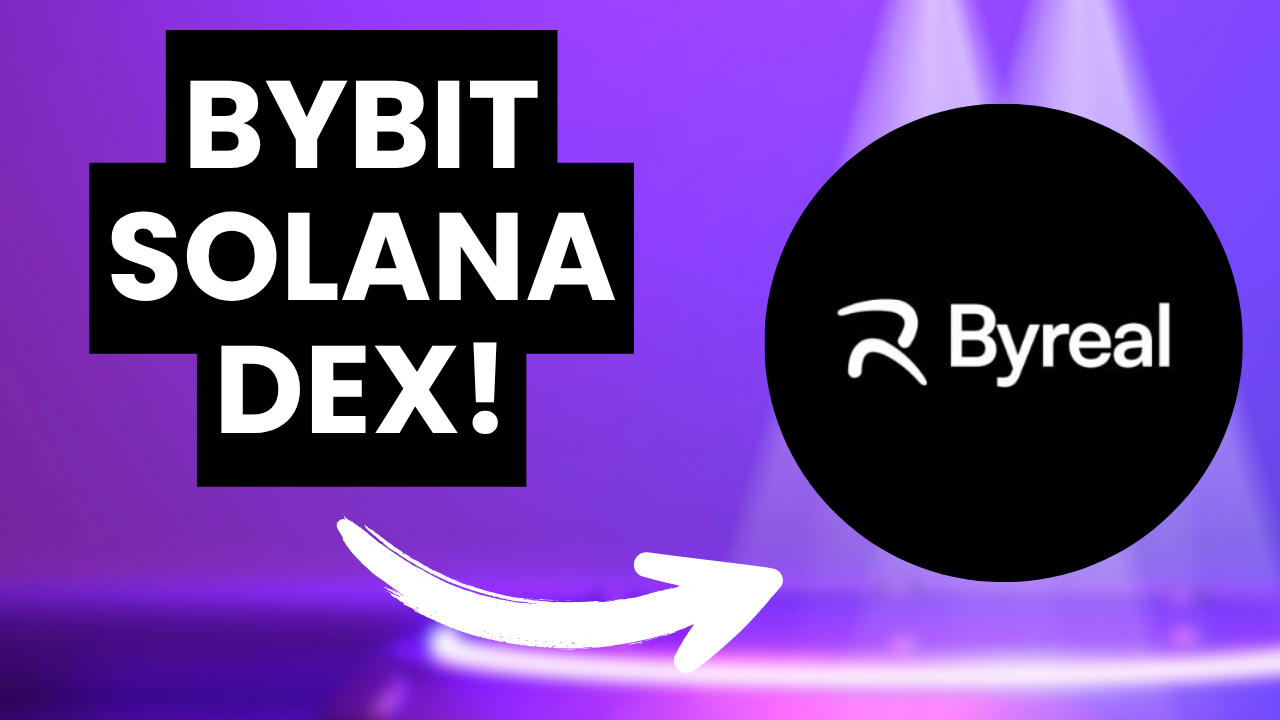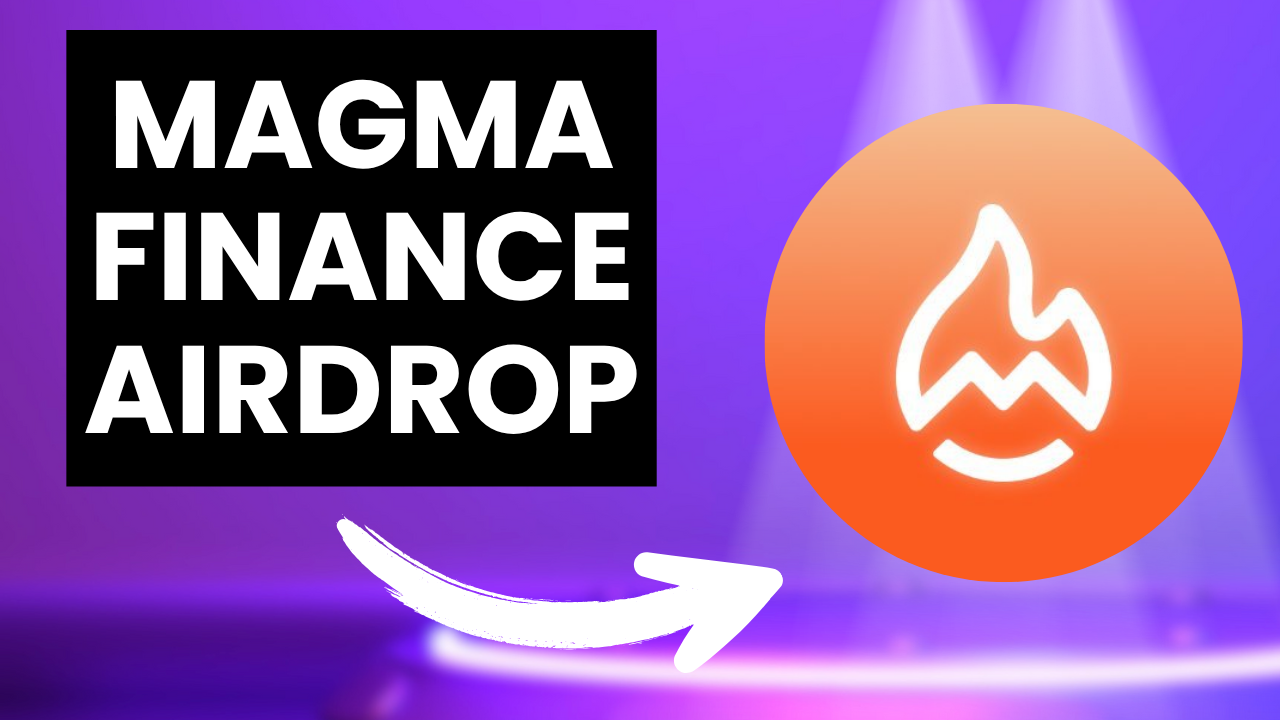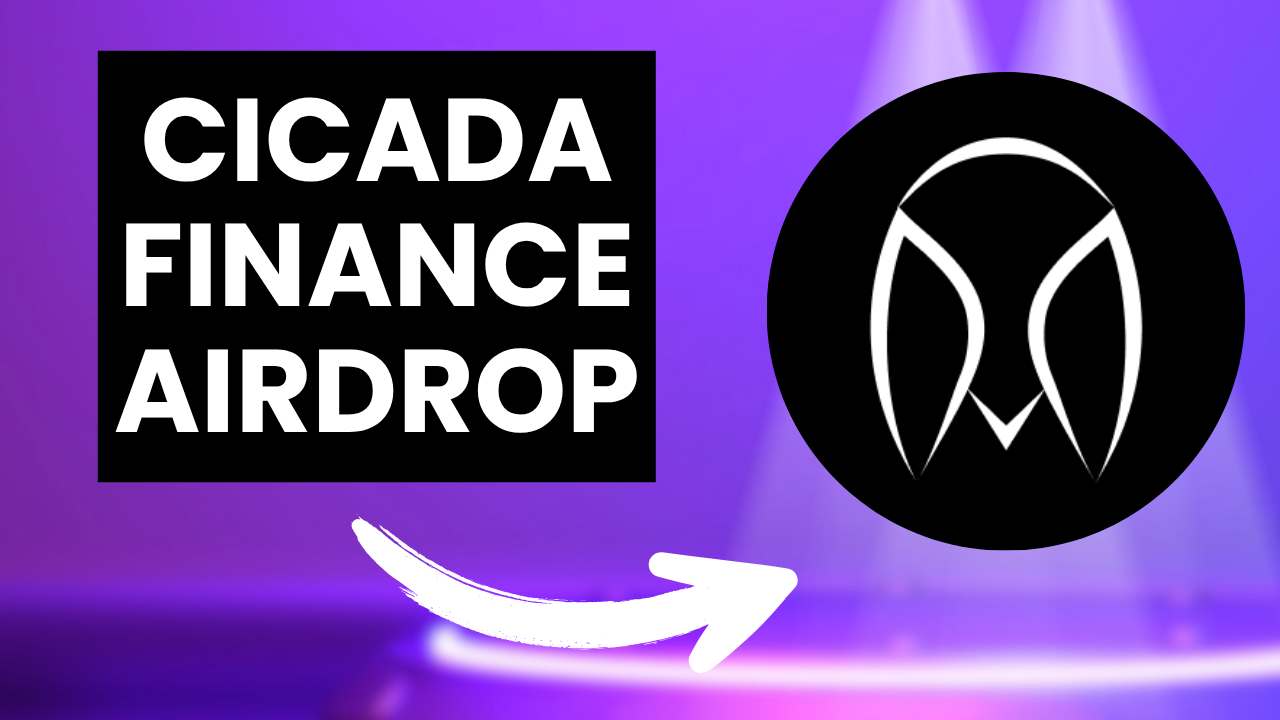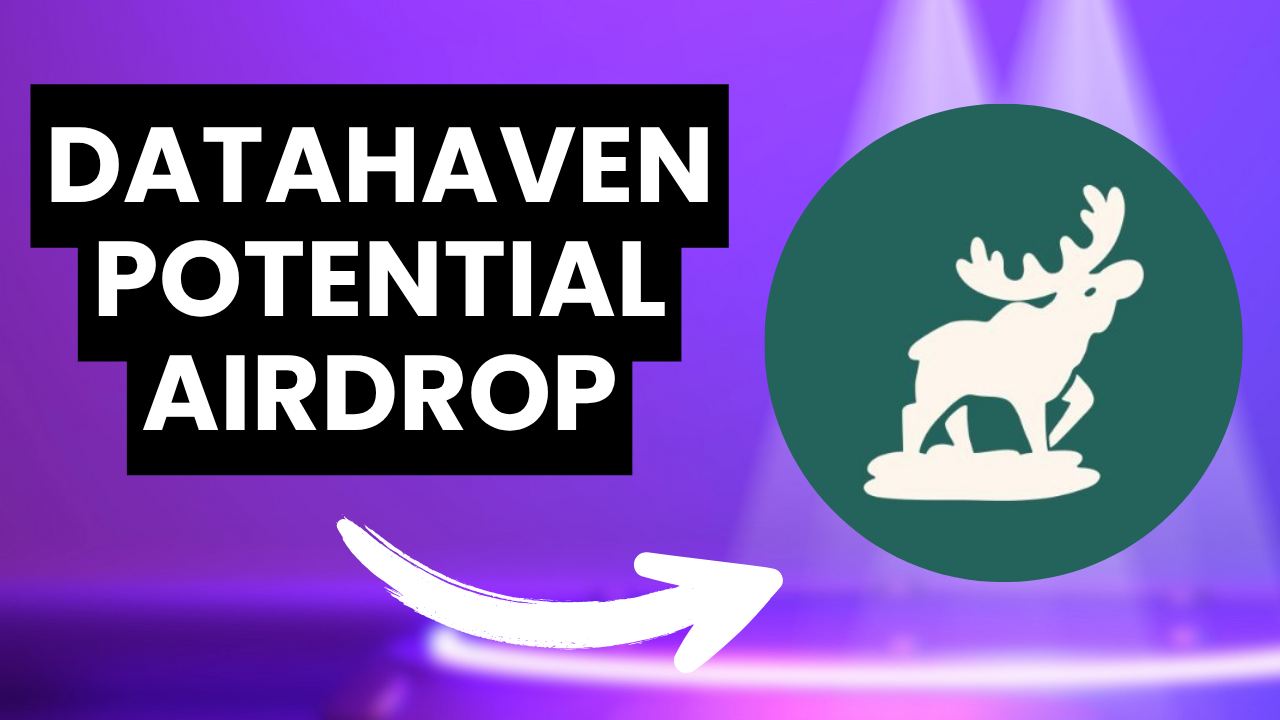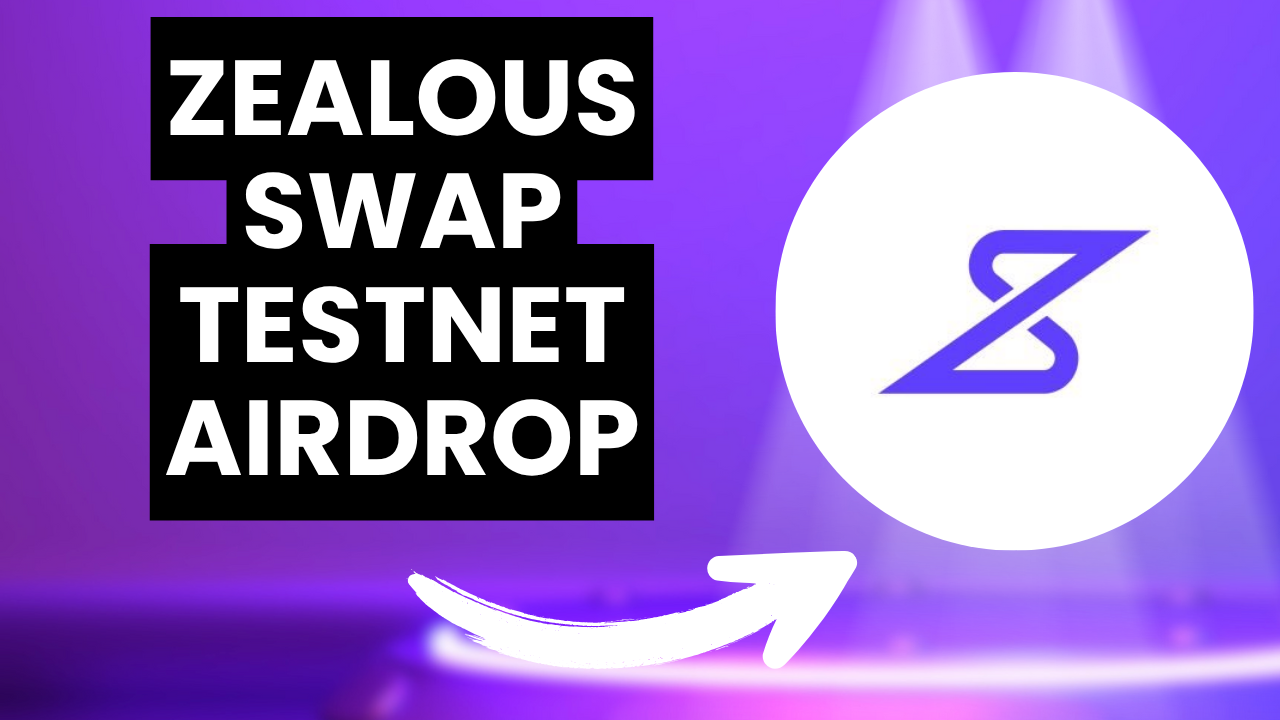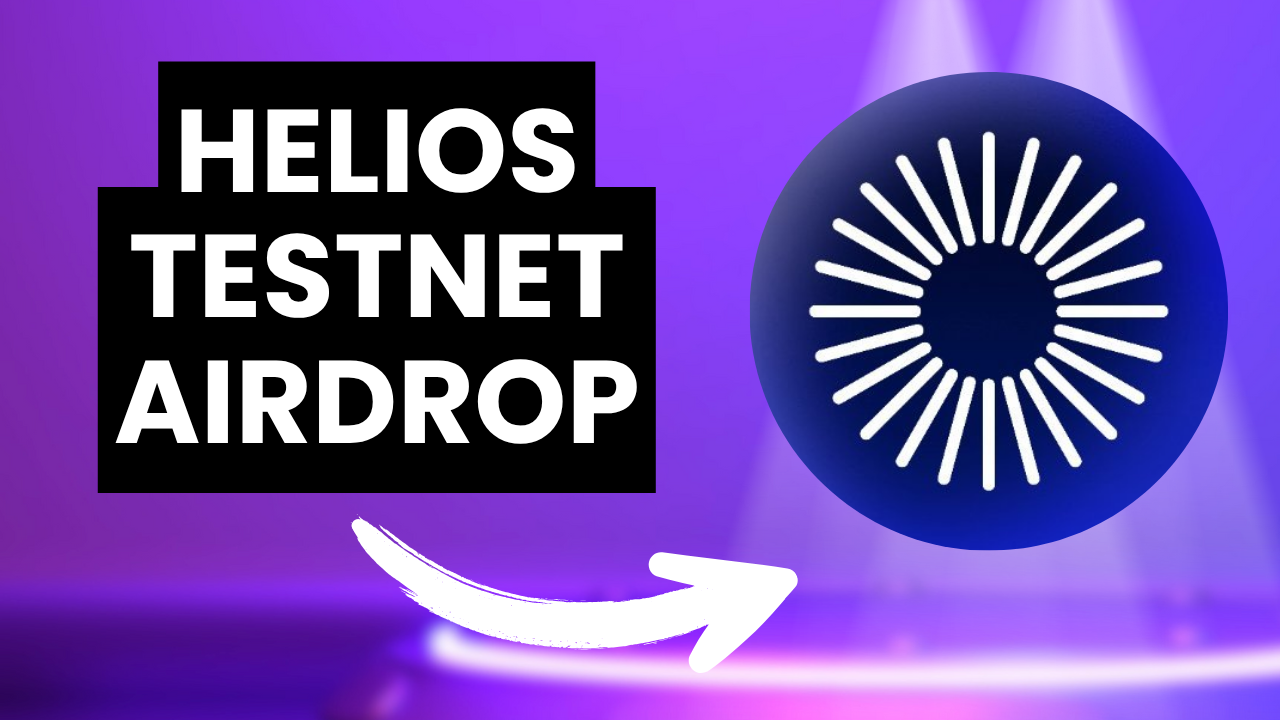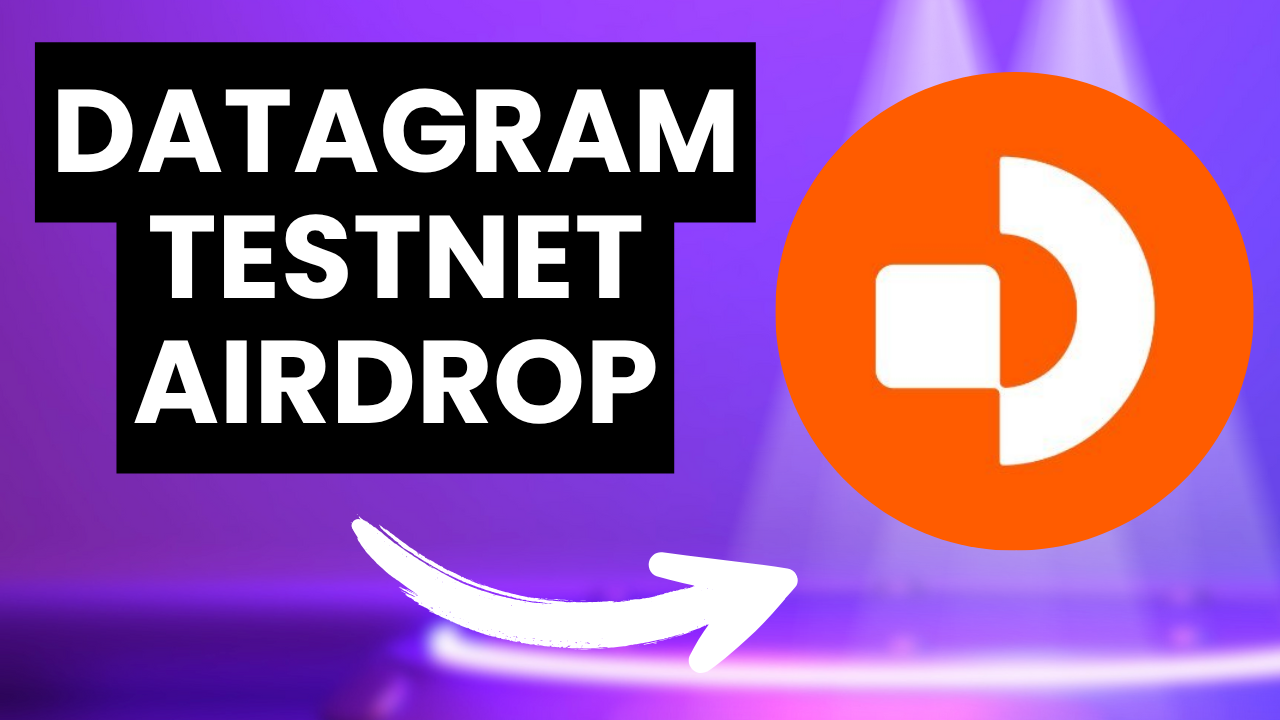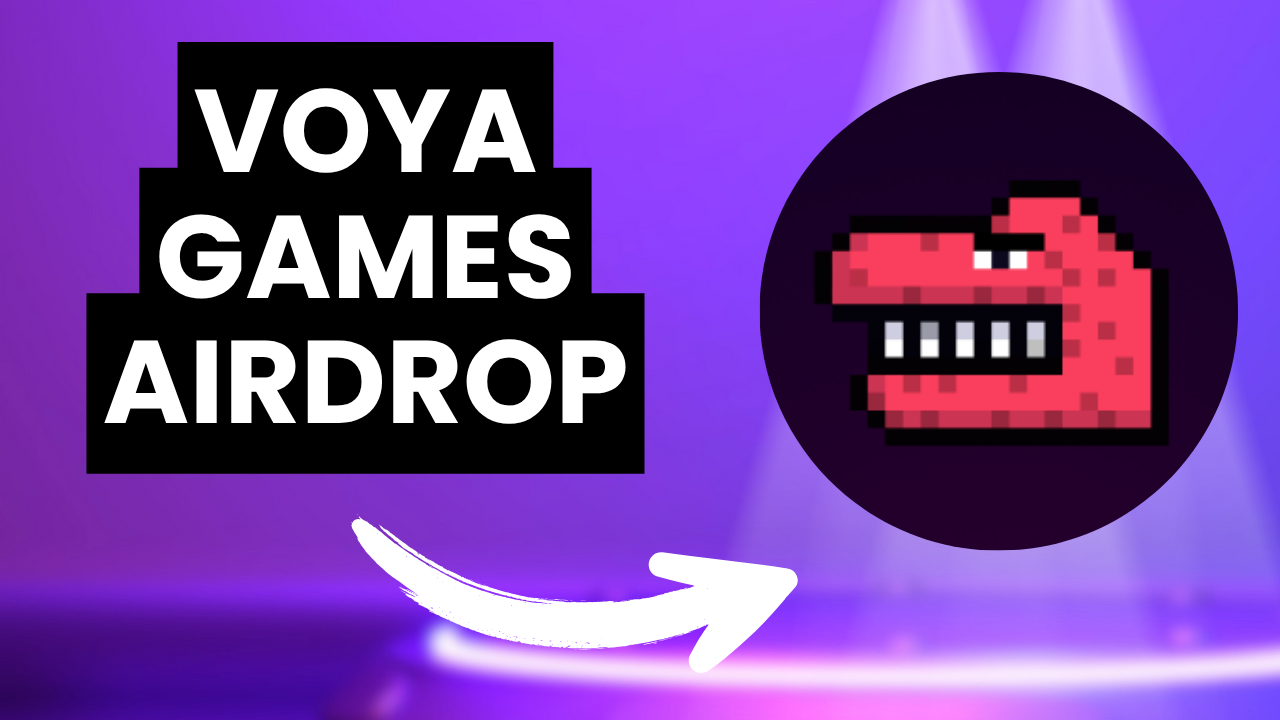Byreal, an innovative onchain Decentralized Exchange (DEX) built on the Solana blockchain and incubated by leading cryptocurrency exchange Bybit, is generating significant buzz within the crypto community. Positioned as a hybrid finance solution, Byreal aims to merge the robust liquidity of centralized exchanges (CEXs) with the transparency and composability inherent in decentralized finance (DeFi). With its testnet launching on June 30, 2025, and mainnet expected in Q3 2025, Byreal is quickly becoming a project of interest for potential airdrop opportunities.
This article provides a step-by-step guide to engaging with Byreal for a potential airdrop, along with an overview of the project, its team, funding, revenue model, and detailed whitelist eligibility criteria.
Byreal Airdrop Step-by-Step Guide: Participating in the Reset Launch Campaign
The “Reset Launch” campaign appears to be the initial call to action for Byreal end-users, offering a potential pathway to early rewards and airdrop eligibility. This campaign, which includes a collaboration with Fragmetric, is designed to reward early conviction and ensure fair participation.
Campaign Details: The “Reset Launch – Fragmetric” campaign is selecting 30 random members as winners. Winners are scheduled to be announced on June 28, 2025, via Byreal’s official X account.
How to Participate:
- Follow Byreal on X (formerly Twitter): Ensure you are following the official Byreal X account,
@byreal_io. This is crucial for staying updated on campaign announcements and future opportunities. - Join Byreal Telegram: Locate and join the official Byreal Telegram group. This is often a hub for community interaction and direct announcements.
- Post Your Thoughts on Reset Launch: Share your insights or thoughts on the “Reset Launch” campaign on X, making sure to include the hashtag #ByrealReset. This demonstrates engagement and support for the project.
- Submit Your Wallet: Fill out the designated form to submit your Solana wallet address. This is a critical step for potential eligibility in the airdrop.
Important Note on Links: As of now, the specific links for the official Byreal Telegram group and the wallet submission form for the “Reset Launch” campaign were not directly found through general searches. It is highly recommended to visit Byreal’s official X account (@byreal_io) and check their pinned tweets, bio, or recent posts for the most accurate and up-to-date links to their Telegram group and the wallet submission form. Always verify links from official sources to avoid scams.
Whitelist Eligibility for “Reset Launch”
The “Reset Launch” campaign by Byreal, in collaboration with Fragmetric, has specific whitelist eligibility criteria designed to reward engaged users and holders within the Solana ecosystem.
Explicit Whitelist Partners and User Groups:
- Active bbSOL users: This refers to users who are actively utilizing
bbSOL, which is Bybit’s liquid staking token for Solana. This indicates that Byreal is prioritizing users already engaged with Bybit’s DeFi offerings. - Fragmetric F point holders: As Fragmetric is the inaugural project to leverage Byreal’s “Reset Launch” platform, holders of Fragmetric F points are granted whitelist eligibility. This rewards early supporters and participants within the Fragmetric ecosystem.
- TOPU, Inc. NFT holders: Holders of NFTs from TOPU, Inc. are also included in the whitelist. This suggests a broader strategy of partnering with established projects and communities within the Solana NFT space.
- RateX Protocol Users: There is a strong indication that active users of RateX Protocol, especially those interacting with Fragmetric’s
fragSOLtoken on RateX, could be eligible. Fragmetric and RateX have launched joint campaigns where users can depositfragSOLon RateX to earn boosted points from both projects. Given Fragmetric’s direct partnership with Byreal for the “Reset Launch,” this close collaboration suggests that active RateX users involved in these joint initiatives would be highly considered for whitelist spots.
Potential Qualifications for Other Solana Ecosystem Participants:
While not explicitly stated as direct whitelist partners for this specific “Reset Launch” campaign, the following projects are significant players in the Solana ecosystem. Engaging with them could potentially increase eligibility for future Byreal initiatives or broader Solana-based airdrops, as new projects often reward users of established protocols within their ecosystem.
- @KaminoFinance: Kamino Finance is a prominent Solana-based DeFi protocol offering concentrated liquidity management, lending, and borrowing. Active users of Kamino, especially those providing liquidity or engaging in lending/borrowing, are deeply embedded in the Solana DeFi landscape, making them potential targets for cross-project incentives.
- @jito_sol: Jito is a leading liquid staking service on Solana, known for its JitoSOL liquid staking token. As Byreal is a DEX on Solana, users actively staking SOL with Jito or utilizing JitoSOL in DeFi protocols represent a valuable user base that Byreal might seek to attract.
- @sanctumso: Sanctum is another key player in Solana’s liquid staking ecosystem, focusing on new Liquid Staking Tokens (LSTs) and offering yield opportunities. Similar to Jito, active participation in Sanctum’s offerings could position users favorably for future Byreal engagement.
- @CudisWellness: CUDis is a DePIN project on Solana focused on health and wellness. While its core focus differs from a DEX, its presence and community engagement within the Solana ecosystem could make its users generally attractive for broader ecosystem rewards.
- @virtuals_io: Virtuals Protocol is a decentralized AI platform that operates on both Base and Solana. Its expansion into Solana means that users active on its Solana-based offerings could be considered for ecosystem-wide incentives.
- @iSafePal: SafePal is a popular cryptocurrency wallet that supports Solana. While being a wallet user typically doesn’t grant direct whitelist access unless there’s a specific partnership, projects often reward users of widely adopted wallets that facilitate access to their ecosystem.
- @Solana_zh: This is the official Chinese-language Twitter account for Solana. Engagement with such official communication channels demonstrates active interest in the Solana ecosystem. While not a project with its own user base for direct whitelisting, it signifies general ecosystem participation, which can be a broad criterion for some airdrops.
The whitelist eligibility check process for the “Reset Launch” was scheduled to open on June 27, 2025, with the “Reset Launch” itself starting on June 30, 2025. It’s important for interested participants to verify their eligibility through official Byreal channels and ensure they meet the criteria for these specific user groups.
Understanding “Reset Launch” and the Byreal-Fragmetric Relationship
The “Reset Launch” is a core feature of Byreal, serving as a fair launchpad model for new token listings. It incorporates mechanisms like a “Smart Price Ladder” and “Fairshare Engine” to counter common issues in token launches, such as inefficient airdrop farming and unfair distribution. Byreal aims for this model to foster trust and engagement by prioritizing transparency and fairness in new project introductions.
Fragmetric, on the other hand, is a native liquid restaking protocol operating on the Solana blockchain. Its mission is to enhance the security and economic potential of the Solana ecosystem through innovative token technology and reward distribution mechanisms. Fragmetric has successfully raised $12 million across various funding rounds.
The “Reset Launch – Fragmetric” campaign signifies a strategic collaboration. Fragmetric is likely the inaugural project to leverage Byreal’s “Reset Launch” platform for its token distribution or a related community engagement event. This partnership highlights Byreal’s commitment to supporting promising projects within the Solana ecosystem through its fair launch mechanism.
Byreal Project Overview
Byreal is envisioned as the “first onchain DEX on Solana” to be incubated by Bybit. Its primary goal is to serve as an “onchain extension of a global exchange,” bridging the gap between centralized exchange liquidity and decentralized finance transparency. The platform focuses on bringing real-world assets (RWAs) on-chain, aiming to become a leading liquidity infrastructure for tokenized real assets.
Key products offered by Byreal include:
- Byreal DEX: A decentralized exchange designed for low-slippage, MEV-protected swaps, utilizing advanced routing systems like Request for Quote (RFQ) and Concentrated Liquidity Market Maker (CLMM).
- Reset Launch: As detailed above, a fair launchpad model for new token projects.
- Revive Vault: Curated yield vaults that offer frictionless yield strategies, including integration with Bybit’s bbSOL liquid staking token.
Byreal’s testnet was scheduled to launch on June 30, 2025, with the mainnet rollout anticipated in the third quarter of 2025.
Team Information
Byreal is spearheaded by Emily Bao, who is identified as the Founder of the project. The project benefits significantly from the backing and incubation of Bybit, with Ben Zhou, the CEO of Bybit, actively involved and publicly endorsing Byreal. The team is described as “small but with big conviction”. Furthermore, the Solana Foundation, represented by its President Lily Liu, provides strategic support, aligning Byreal’s focus on improving liquidity infrastructure with Solana’s long-term vision.
Funding Information
Byreal is incubated by Bybit, a major player in the cryptocurrency exchange space. This incubation implies significant financial and strategic backing from Bybit. Additionally, Byreal receives strategic support from the Solana Foundation. While specific venture capital funding rounds for Byreal itself are not detailed beyond Bybit’s incubation, the strong backing from Bybit and Solana Foundation positions Byreal with substantial resources.
Revenue Model
Byreal’s revenue model is built around its core product offerings, designed to attract both institutional and retail participants. Potential revenue streams include:
- DEX Trading Fees: As a decentralized exchange, Byreal will likely generate revenue from trading fees on swaps and other transactions conducted on its platform.
- Launchpad Fees (from Reset Launch): The “Reset Launch” platform, which facilitates new token listings, will likely charge fees to projects utilizing its fair launch services.
- Yield Generation (from Revive Vault): The Revive Vaults, offering various yield strategies, could generate revenue through management fees or performance fees on the yields generated for users.
By focusing on bridging blue-chip digital assets and tokenized real-world assets, Byreal aims to capture a significant share of liquidity and trading volume, thereby solidifying its revenue generation capabilities within the Solana DeFi ecosystem.
